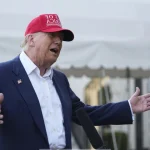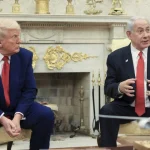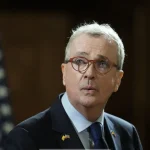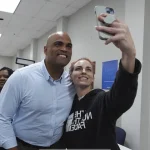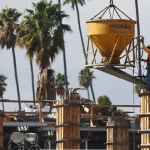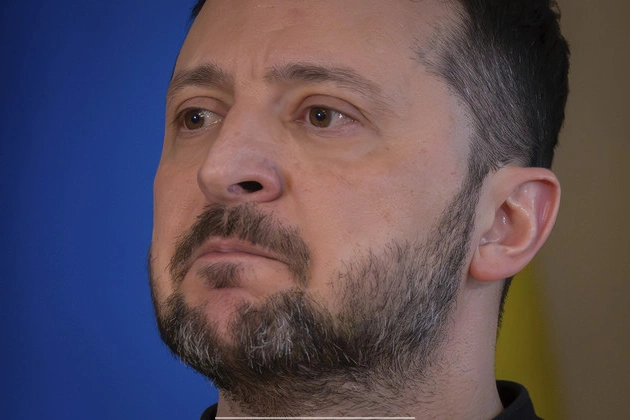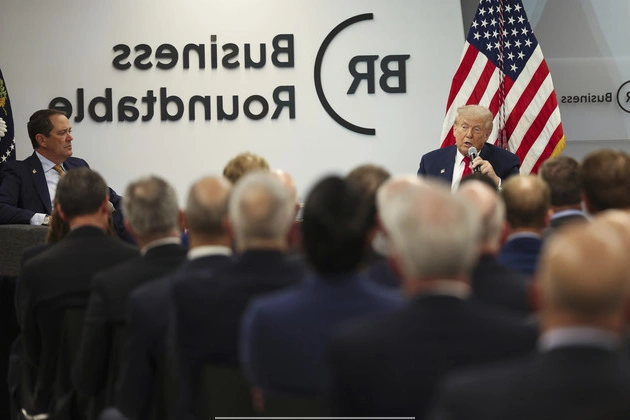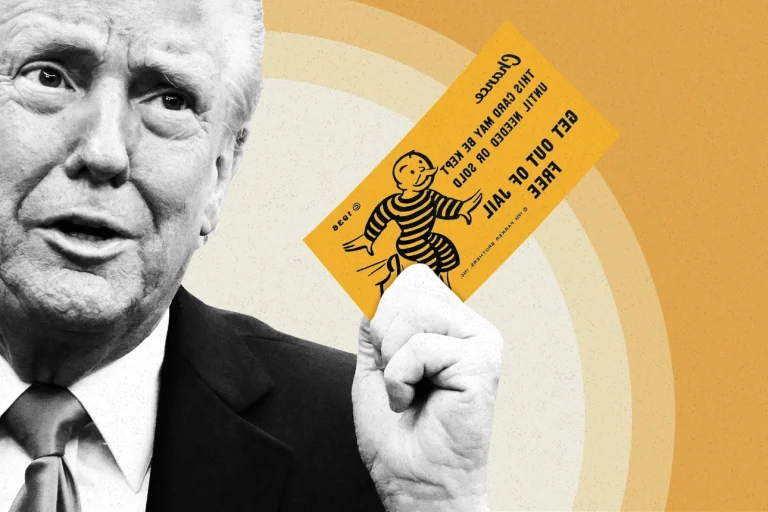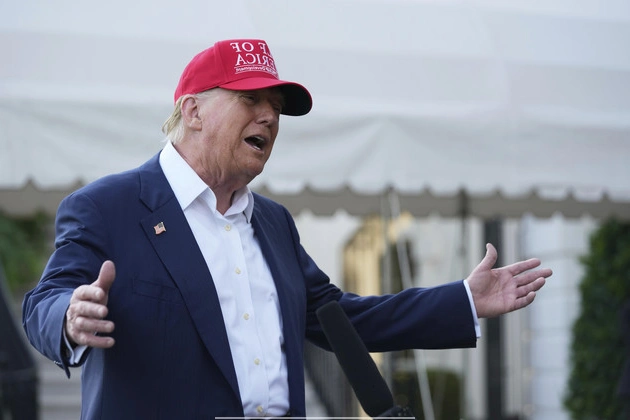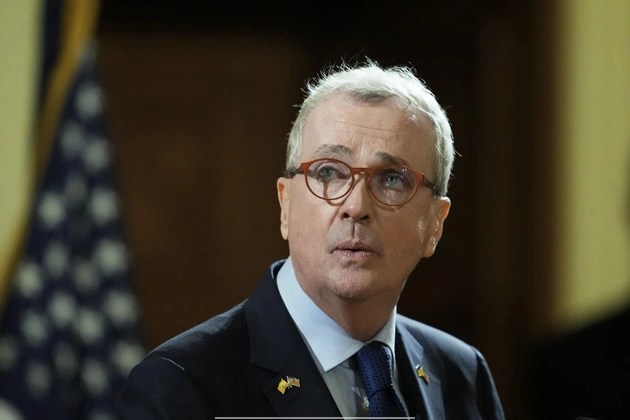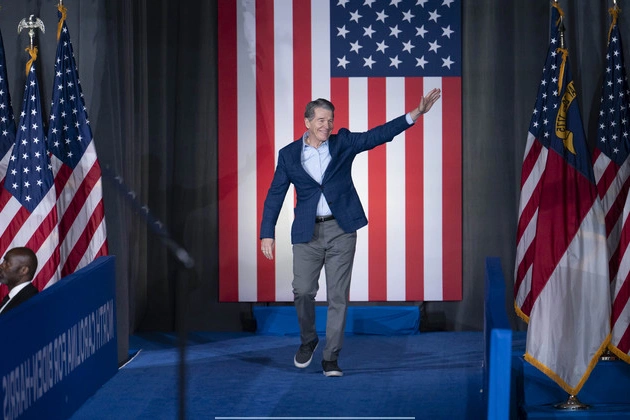
Three weeks ago, the Justice Department was emphatic: Donald Trump may have pardoned Kentuckian Dan Wilson for crimes he committed at the Capitol on Jan. 6, but that pardon did not extend to his unrelated conviction for illegally storing firearms at his home.
Then, on Tuesday, the U.S. attorney’s office in Washington reversed course, saying it had ‘received further clarity’ about Trump’s true intent, which included pardoning Wilson for the gun case. Prosecutors did not explain how they arrived at this new ‘clarity.’
Seeking Clarity: A Judge’s Inquiry
The abrupt reversal prompted a federal judge — now weighing Wilson’s last-minute effort to avoid prison for the gun conviction — to demand answers from the Trump administration on Wednesday: Who exactly did Trump mean to pardon when he signed his sweeping clemency order last month, and for what crimes?
During a two-hour hearing in her federal courtroom, U.S. District Judge Dabney Friedrich — a Trump appointee — grilled a Justice Department attorney about the matter and appeared to leave with more questions than answers. And Wilson’s freedom is in the balance: He’s slated to report to prison unless Friedrich agrees to stop the sentence.
The Controversial Pardons
At the heart of the controversy is the vague language of Trump’s mass pardons for Jan. 6 rioters. He granted clemency to anyone ‘convicted of offenses related to events that occurred at or near the United States Capitol on January 6, 2021.’
Jan. 6 defendants have repeatedly argued that the language is so broad it covers other crimes that have nothing to do with Jan. 6 but were discovered during the vast criminal probe stemming from the Capitol attack. But Trump himself did not speak to that issue when he signed the executive proclamation issuing the pardons, and it has left his own administration and the courts struggling to divine what was in his head the moment his pen touched the order on Jan. 20.
Evolution of Interpretation
Assistant U.S. Attorney Jennifer Blackwell said the department’s understanding of Trump’s pardon had evolved in recent weeks — but she did not say how or why. She said this shift was the reason the Justice Department had moved in recent days to drop a slew of other cases against Jan. 6 defendants who were on the hook for other federal felonies.
But when Friedrich pressed, Blackwell acknowledged that there were exceptions to the Justice Department’s new interpretation. For example, she said, a North Carolina man charged with possessing child pornography was not covered.
Seeking Clarity Amidst Confusion
Friedrich pressed further with a hypothetical: If evidence emerged later that connected a Jan. 6 defendant to a murder, would the defendant be pardoned of that crime under DOJ’s interpretation? Blackwell couldn’t answer.
“That’s just extraordinary,” Friedrich said of the potential breadth of Trump’s pardon to offenses unrelated to Jan. 6.
It prompted Friedrich to raise concerns that the interpretation of Trump’s pardon by his administration appeared to be a shifting target that was not apparent in the language of Trump’s proclamation itself.
The Judge’s Dilemma
The judge grew increasingly exasperated as she asked the Justice Department to explain ‘the president’s intent’ when he issued the pardon. But Blackwell and Wilson’s attorney, George Pallas, told the judge she had virtually no role in interpreting the pardon at all. The Justice Department, acting on Trump’s behalf, would simply tell her what it means.
But Friedrich said she viewed it as her job to accept only a ‘reasonable’ interpretation of Trump’s pardon, and given the Justice Department’s shifting explanations, she had not yet decided whether to grant Wilson a reprieve from his five-year prison sentence.
It’s evident that the evolving interpretation of Trump’s pardons for Jan. 6-related offenses has created confusion and raised significant questions about the scope and intent of these controversial clemency orders.
